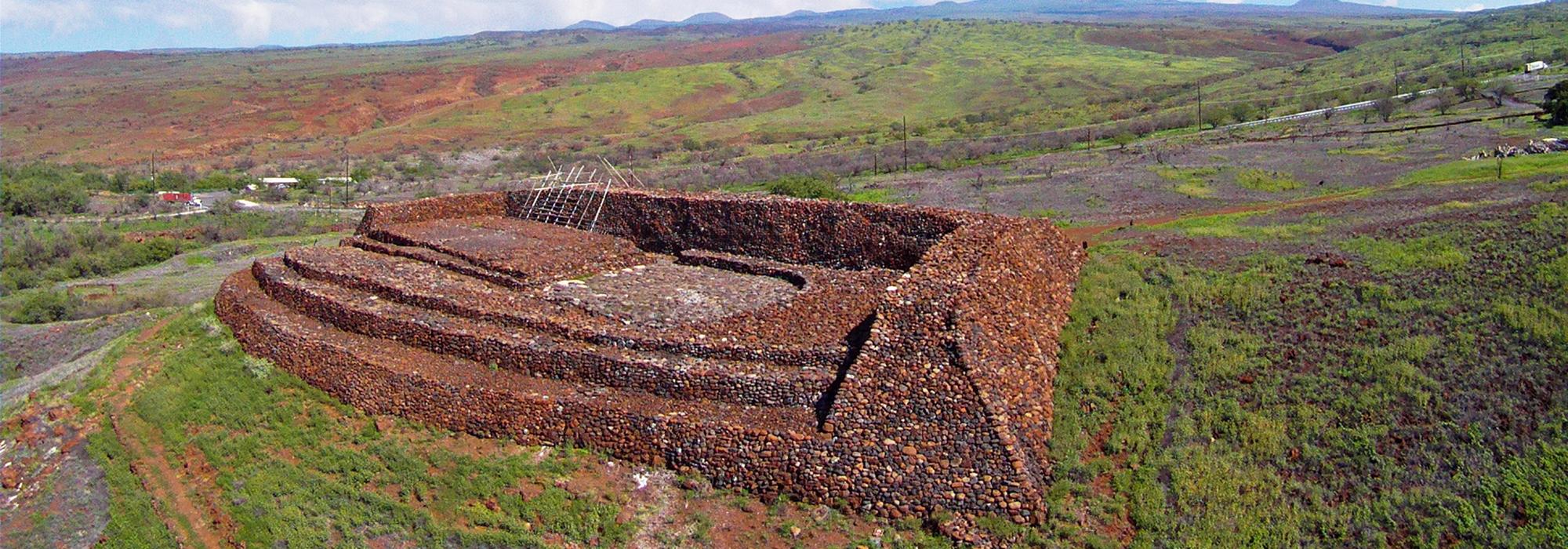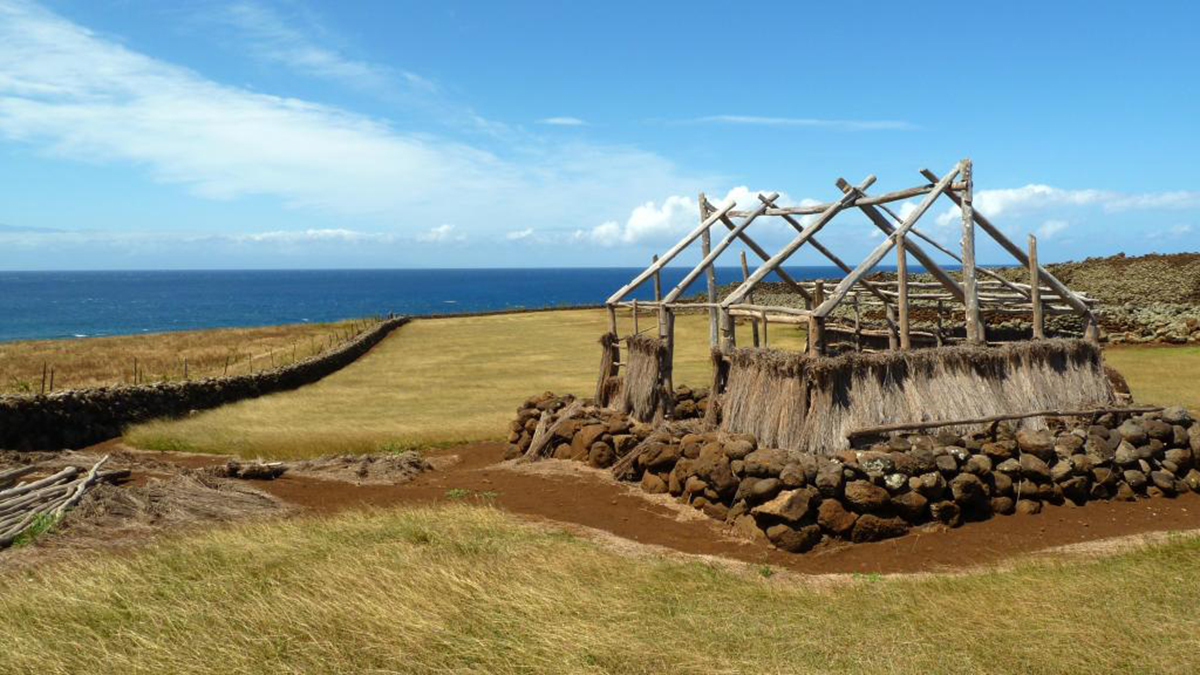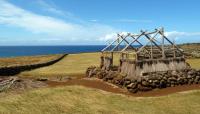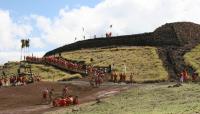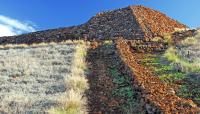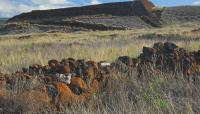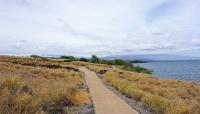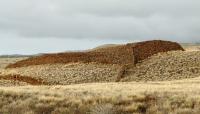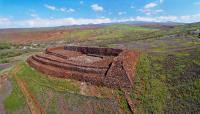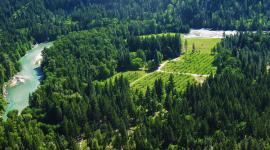Landscape Information
Located along the northwestern coast of the island of Hawai'i, the Puʻukoholā Heiau temple was built between 1790 to 1791 by Kamehameha the Great to fulfill a prophesy regarding the unification of the independent islands of Hawai’i, Oahu, Maui, Molokaʻi, and Lānaʻi. Upon failing to seize the entire island of Hawai’i, Kamehameha constructed a temple, or luakini heiau, to his family war god Kūkaʻilimoku. After the temple was consecrated with the sacrifice of a rival chieftain, Kamehameha gained control of the entire island, establishing a united kingdom of Hawai'i. The independent Kingdom of Hawai'I ended with the forced abdication of Queen Liliuokalani in 1894. The island was annexed by the United States in 1898, and Hawai'i was admitted into the Union as a state in 1959. Puʻukoholā Heiau was designated a National Historic Landmark in 1962. With the subsequent donation of 34 acres by the Queen Emma Foundation, the Pu’ukoholā Heiau was established as a National Historic Site in 1972.
The irregularly shaped, 75-acre site stretches from the Pelekane Beach in the west to interstate highway 270 in the east, and to Makahuna Gulch in the north. Possibly built upon the site of a sixteenth-century temple, the massive, roughly rectangular heiau overlooks Kawaihae Bay from “the hill of the whale.” To the northwest lie the ruins of Mailekini Heiau, used by Kamehameha and his ancestors, while the Hale o Kapuni Heiau is submerged along the western shore, built for the shark gods along the Kohala coast. The last known polytheistic temple built in Hawai'i, the Puʻukoholā Heiau is 224 feet long and 100 feet wide. Constructed with fieldstone and water-worn lava rocks precisely set without mortar, the structure is said to have required the labor of several thousand workers. The ruins of the island’s first European stone dwelling, built by American sailor John Young in 1802, can be seen along the park’s northern boundary. The park is also ecologically significant for its brackish anchialine pools, the only known habitat of the Ōpae'ula red shrimp. The site was designated a National Historic Landmark in 1962 and was listed in the National Register of Historic Places in 1966.



